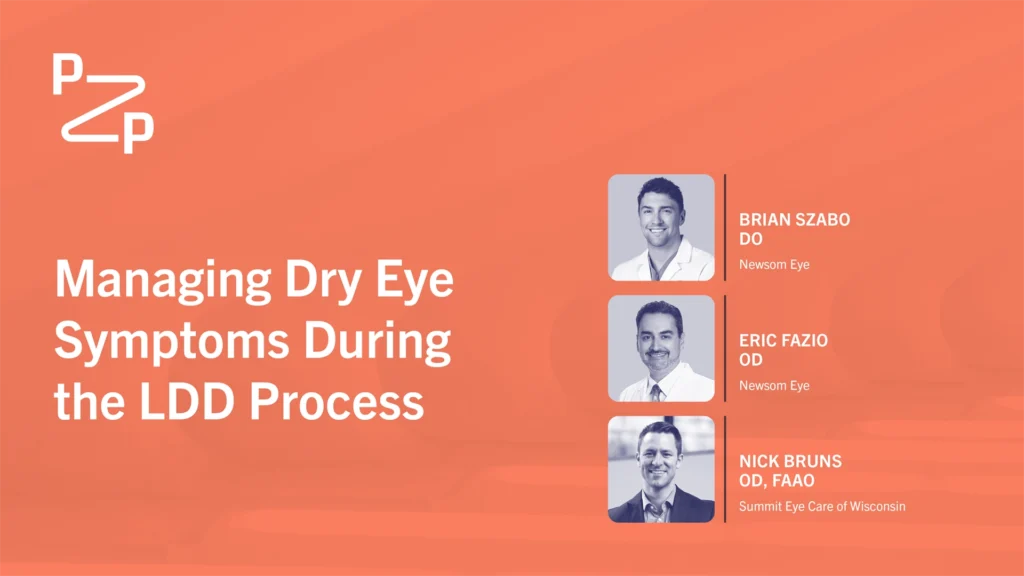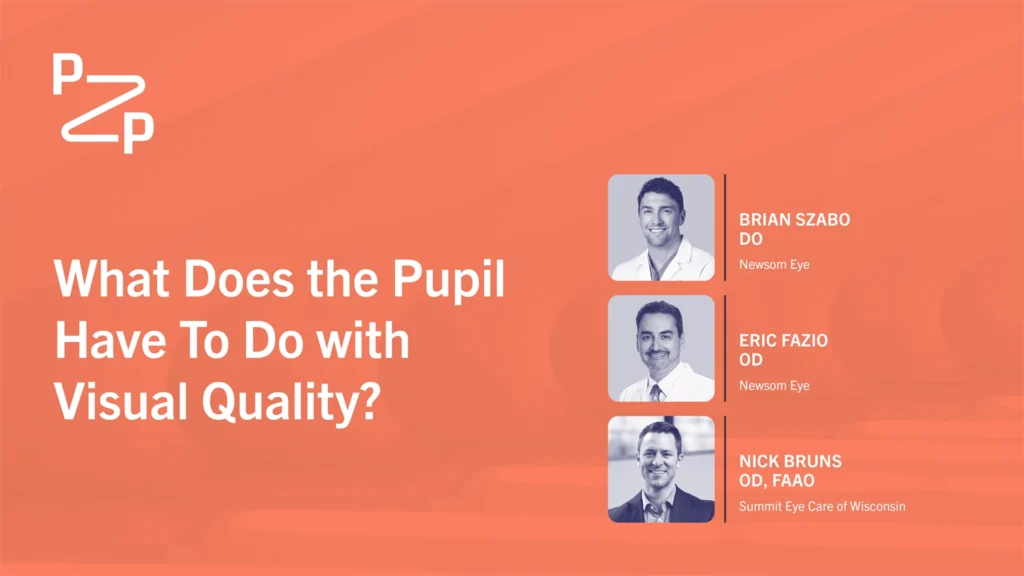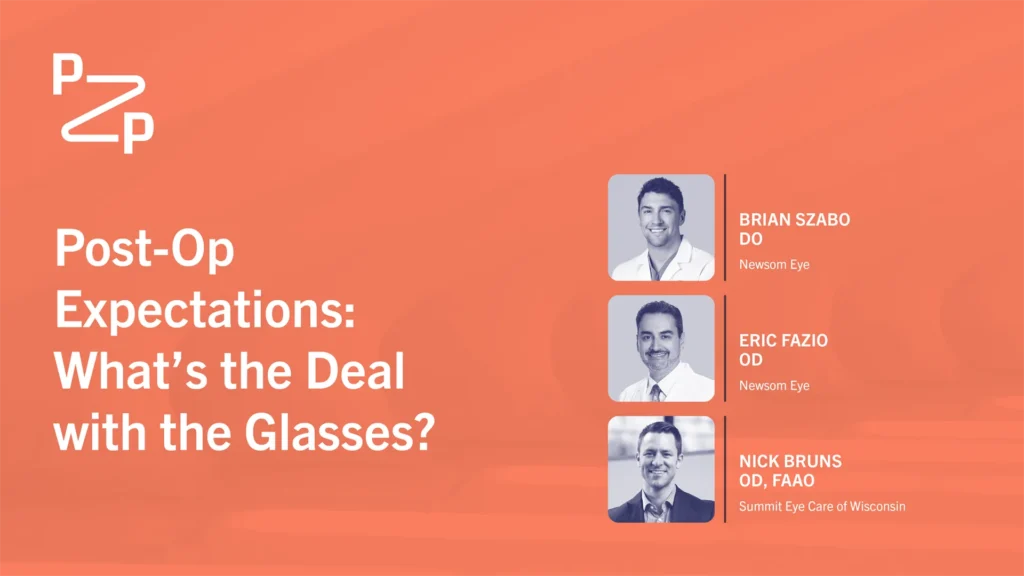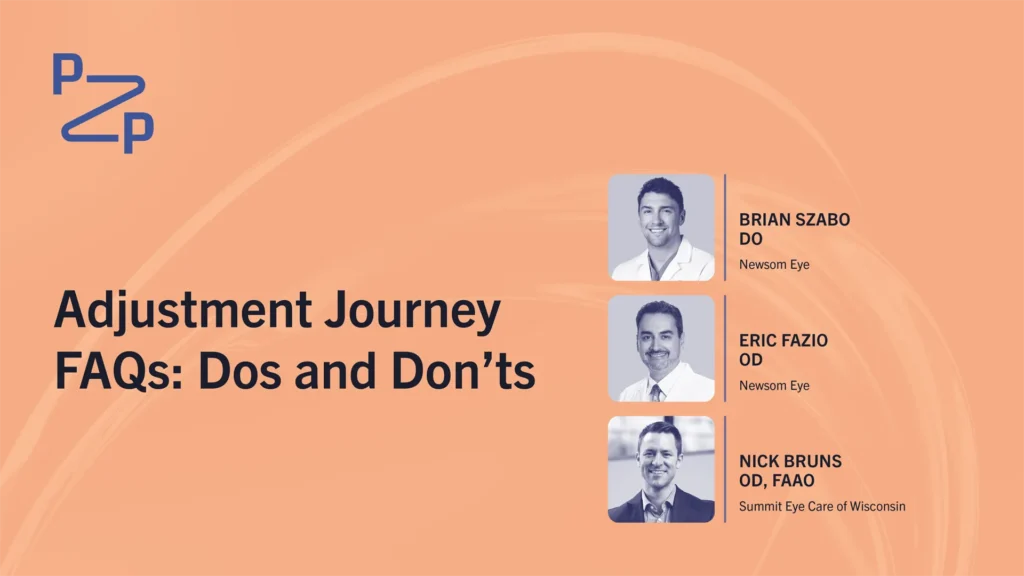Customizing the Light Adjustable Lens™ (LAL®/LAL+®) from RxSight® is as much an art as it is a science. While it starts with a well-performed cataract surgery, the customizability is what truly separates the Light Adjustable Lens from other intraocular lenses (IOLs). Setting expectations and guiding our patients through the process effectively (and efficiently) can be a make or break.
Proper expectations are critical to ensure patient satisfaction. I like to walk patients through the Light Adjustable Lens treatment process well before cataract surgery. Here’s basically what I tell them: our first light treatment will be at least three weeks post-op, with at least one week in between to allow sufficient “test drive” time. But the schedule is tentative, and we take it one step at a time. I get a lot of patients who golf, so think of it this way: on a short par three, we don’t expect an ace (although that would be nice), we are aiming to simply land the ball on the green. We then have an opportunity to putt, but we can’t putt until the ball has come to a complete rest. This allows us the opportunity to analyze our initial outcome and best plan our next shot. For patients with irregular corneas (or back to our golfing analogy, a very challenging green), we may need more than a week in between light treatments, or we may want to delay starting adjustments altogether. In our clinic, we pre-schedule four Light Delivery Device™ (LDD™) visits. This gives our patient a concrete timeline, and it’s easy for us to accommodate adding another light treatment to further customize their vision if necessary, or subtract one if a patient finishes after 3 light treatments. The entire process takes around 6-8 weeks for most patients. Patients are typically scheduled at the same time and day for each light treatment to best keep refraction variables consistent.
As an optometrist, I find it best to be proactive in discussing the concept of blended vision. We’re trying to match the outcome to their lifestyle, which is different for every patient. There are laws of physics though that we still need to abide by. If we want to improve near vision, we have to give up a little distance in the non-dominant eye. This is very tolerable for most patients, and the RxSight Light Adjustable Lens allows us to titrate the target well enough to preserve depth perception.
Speaking of being proactive, each patient is on a regimen of preservative-free artificial tears QID (I prefer iVizia, but we all have our own flavor preferences). Optimization of the ocular surface is critical not only in surgical planning – we want accurate biometry after all—but especially during the light treatments. Once we get to the treatments, the refraction is easily influenced by the tear film. If I sense any ocular surface disruption, I’m quick to do a steroid pulse, add an immunomodulator, or consider a drop like Miebo. Don’t forget that with each light treatment, we are exposing the corneal epithelium to high levels of intense ultraviolet light. Think about a day at the beach—no matter how much sunscreen you put on, you probably will leave feeling a little “crispy.” Now apply this to the much more sensitive cornea… makes sense, doesn’t it? I warn patients about this; while the dry eye symptoms they experience early on may get worse through the process, they are usually only temporary with proper management.
With the Light Adjustable Lens, I have found that setting the scene and walking the patient through the entire process beforehand is a big help. Our patient is a major part of the team, so feedback from them is essential to customizing their vision. The better they understand, the better their outcome will be.




